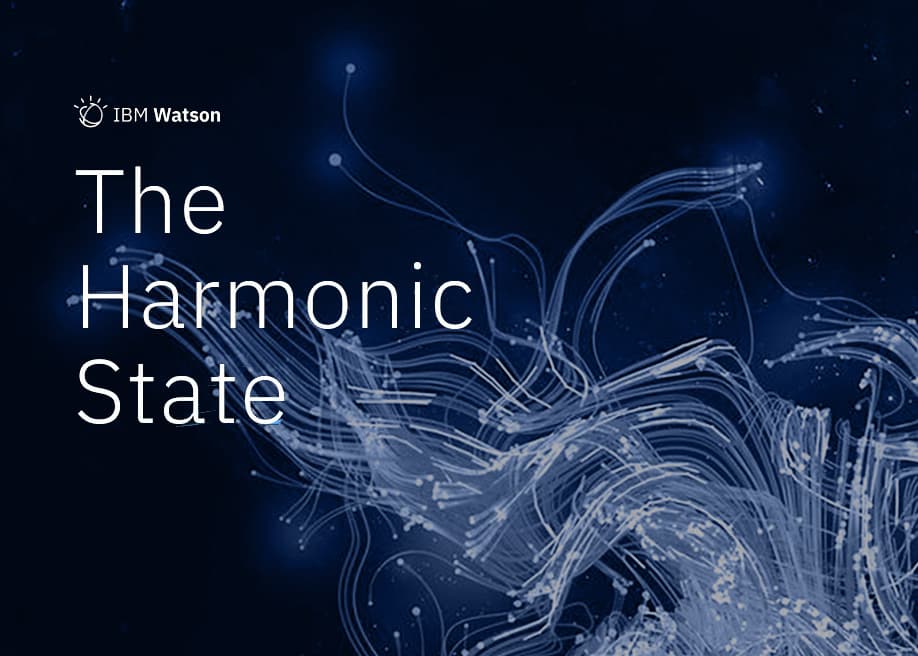In the ever-evolving landscape of technology, the term IBM Harmonic State stands out as a symbol of innovation and precision. In this article, we’ll embark on a journey to comprehend the significance of the IBM Harmonic State and its role in the realm of technology and business.
IBM Harmonic State
The concept of the IBM Harmonic State signifies a utopian ideal in the realm of technology and business, where all components of a system operate in perfect harmony. While it’s an aspirational goal, the reality of achieving such seamless synchronization is complex and often elusive. In the ever-evolving tech landscape, various challenges, from compatibility issues to rapidly changing hardware and software, can disrupt this desired state of equilibrium. The pursuit of a harmonic state is a commendable objective, but it’s essential to acknowledge that the path to achieving it is a continuous journey filled with adaptations, innovations, and unforeseen obstacles.
Harmony in Technology
While the notion of Harmony in Technology may sound ideal, it’s essential to recognize that the tech world is often marked by rapid change and complexity. Achieving perfect harmony within technology systems is a considerable challenge. The reality is that technology is a dynamic field with a multitude of components and variables. Compatibility issues, the constant evolution of hardware and software, and the ever-present threat of cybersecurity risks can disrupt this sought-after equilibrium. Technology professionals often find themselves navigating a fine line between striving for harmony and embracing adaptability to keep up with the pace of change and innovation in the industry.
IBM: A Maestro of Technology
IBM, or International Business Machines Corporation, is undeniably a maestro of technology. With a storied history dating back over a century, IBM has consistently been at the forefront of innovation, shaping the tech landscape in myriad ways. From pioneering computing systems to leading the charge in artificial intelligence and quantum computing, IBM’s influence is felt across diverse sectors. IBM’s expertise extends to orchestrating the complex symphony of technology systems to achieve a Harmonic State. As a leader in hardware integration, software optimization, data management, and security, IBM’s solutions empower businesses and organizations to navigate the ever-evolving tech landscape with finesse. Their legacy in promoting compatibility and interoperability ensures that disparate technologies can collaborate harmoniously. IBM’s commitment to innovation and its ability to adapt to the ever-changing tech environment cements its reputation as a maestro in the world of technology. This role isn’t just about innovation; it’s about enabling others to harness the power of technology in the most efficient and effective ways, ultimately contributing to the growth and success of businesses and industries worldwide.

Components of the Harmonic State
Achieving a harmonic state within technology systems involves several key components:
1. Hardware Integration
IBM excels in integrating various hardware components seamlessly. From servers to data storage, these elements must work in unison to create a balanced technology ecosystem.
2. Software Optimization
IBM’s software solutions are designed to enhance efficiency and compatibility within technology systems. This includes operating systems, middleware, and applications that ensure everything works in harmony.
3. Data Management
In the digital age, effective data management is pivotal. IBM’s expertise in data storage and management is instrumental in maintaining the harmonic state of technology systems.
4. Security and Resilience
A harmonious technology state includes robust security measures and resilience against cyber threats. IBM’s solutions in this domain ensure that technology systems remain secure and responsive.
5. Compatibility and Interoperability
Ensuring that different components and systems can work together is a key element. Compatibility and interoperability mechanisms enable various technologies and devices to function cohesively, reducing conflicts and enhancing efficiency.
Benefits of the Harmonic State
The advantages of achieving the IBM Harmonic State are far-reaching. These include:
1. Enhanced Efficiency
In a Harmonic State, technology systems work together seamlessly, reducing inefficiencies and downtime. This results in enhanced productivity and streamlined operations.
2. Cost Savings
Efficient systems are inherently more economical. They require fewer resources to operate, which can lead to significant cost savings for businesses and organizations.
3. Improved User Experience
Technology systems in a Harmonic State provide a superior user experience. They function smoothly, leading to increased user satisfaction and better overall engagement.
4. Competitive Edge
Organizations that achieve the Harmonic State are better positioned to compete in their respective industries. They can adapt to changes more quickly, innovate efficiently, and stay ahead of the curve.
Conclusion
The IBM Harmonic State is not just a concept but a practical approach to achieving efficiency and balance in technology systems. As IBM continues to lead the way in harmonizing technology, businesses and organizations can harness the power of this approach to optimize their operations and stay ahead in the ever-evolving tech landscape. The symphony of technology is ever-advancing, and the IBM Harmonic State is the conductor ensuring that all the instruments play in perfect harmony.



